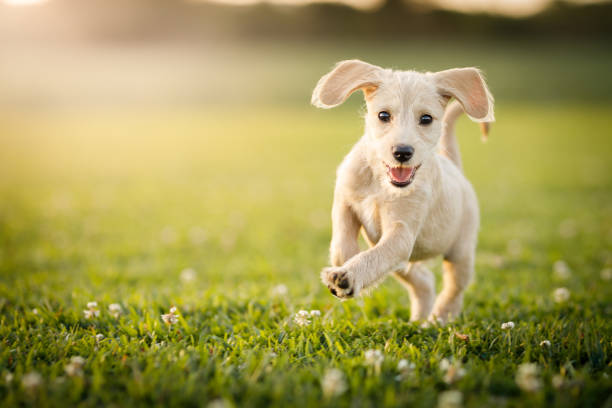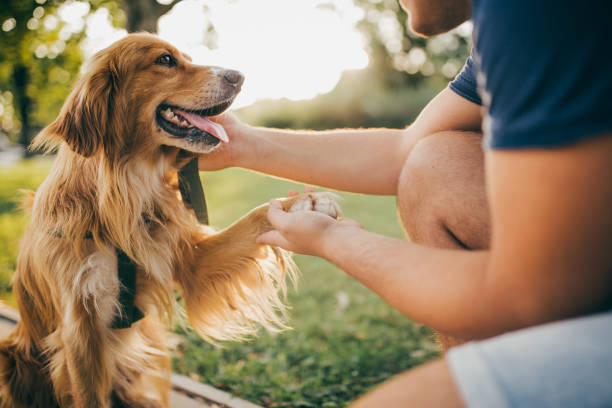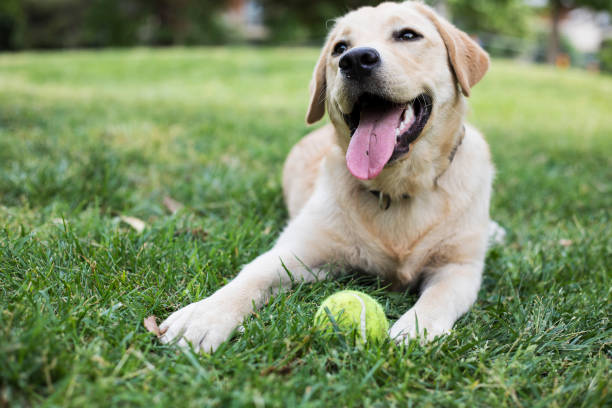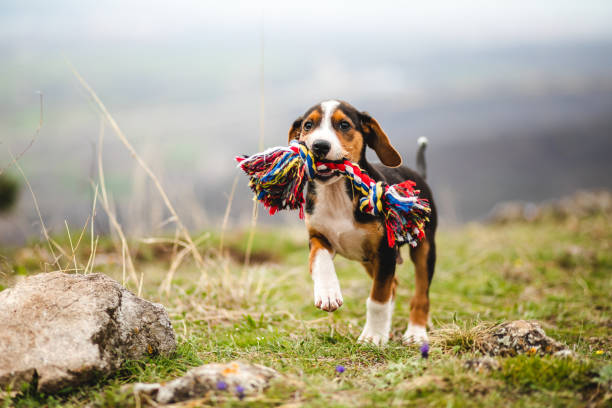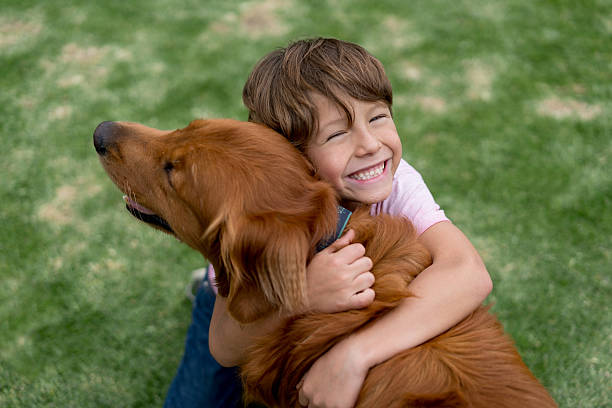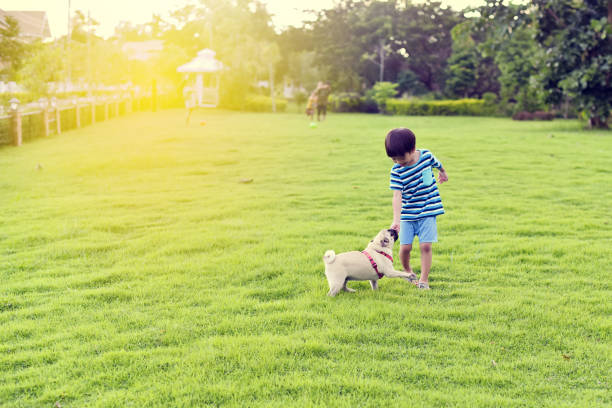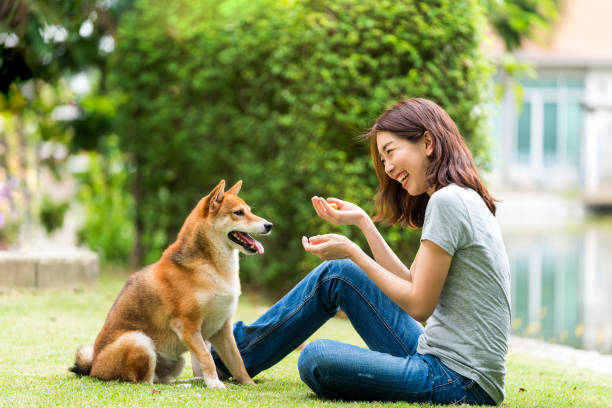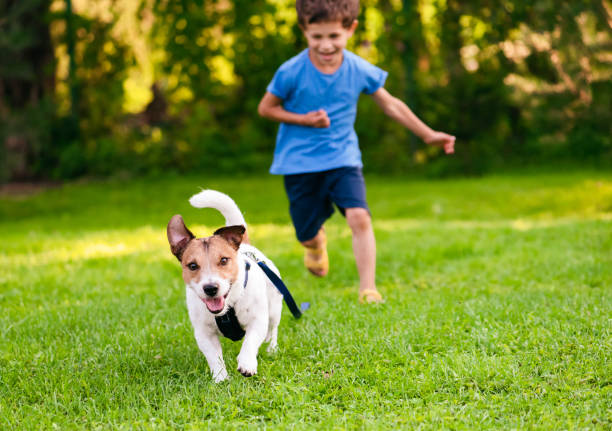HOW TO TRAIN YOUR DOG TO OBEY OFF-LEASH
What is the point of having a dog off-leash in public if you don’t know how to train your dog to obey? This article will give you guidelines on training your dog to obey off-leash. It’s always good to know what to do if they want to run free while we’re out for a stroll with them. That would be a bad day for all involved.
Find a place to train
When you’re training your dog to obey off a leash, you’ll want to find a safe place for both of you. Ensure it’s free from large crowds and other animals, and make sure there are no hazards like mud puddles or sharp rocks. Your dog should be able to move around freely without being too close to any cars or fast-moving people.
If possible, consider using a fenced area for training (like one created by an invisible fence system). This way, if your pet does wander beyond the property’s boundaries, he can’t get lost in unfamiliar territory or interact with wild animals such as coyotes or stray cats that might be lurking nearby. If this isn’t feasible due to weather conditions or other circumstances out of your control, look into using another type of enclosure instead—for instance:
- Dog parks (the kind usually found at community parks) are not always enclosed but tend to provide plenty of room for exercise while still being well-policed by park rangers who won’t tolerate aggressive behavior among dogs; they may also offer adequate shade if needed during hot summer months!
- A friend’s house (or another location where someone else lives) is another good option. They often allow off-leash playtime during weekends when owners aren’t looking after their pets 24/7; make sure they’ve got permission before bringing Fido over!
- Training at home – Set up an area with lots of distractions and place some treats near them so that your dog will be tempted to go towards them. If they start towards the distractions, give them a correction (verbal or physical) as soon as possible and then treat them as soon as they turn back towards you. You want them to associate going towards the distraction with getting corrected, so they learn not to go towards it again! Once they stop doing this after a few repetitions, start rewarding them for going in the opposite direction!
Take your dog outside every day
Taking your dog outside every day is an important part of training. It allows you to get your dog used to being around other dogs, people, and places. Your dog will also be able to relieve itself without having to ask permission first! You should take your dog out for a quick walk each day if it’s not raining or too hot outside.
You want your dog to stay on a leash when walking in order for him/her not to run off into traffic or get lost if he/she does decide to explore during the walk. If you do let go of his/her leash while walking around outside then make sure that there is someone nearby who can keep track of what’s happening so as not to lose sight of them either because there’re so many different things going on at once (lots of distractions).
Do not punish your dog when he/she doesn’t listen
Don’t punish your dog when he/she doesn’t listen. Punishing a dog for not obeying off-leash is very ineffective and will only make the problem worse. Instead of punishing him, try rewarding him when he does something right!
Give your dog rewards for obeying commands
When your dog obeys a command, please reward him. The reward doesn’t have to be food—you can use anything that your dog finds rewarding, from toys and praise to dog treats and playtime. But he does have to receive the reward immediately after obeying; otherwise, you may confuse him about what he’s being rewarded for. If you don’t give your dog an immediate reward after he obeys a command, he may think that the command itself was bad and refuse to obey it again in the future.
Don’t punish your dog when they disobey commands; this can damage their relationship with you and make them afraid of you rather than wanting to please you.
Always be consistent with their command training
Being consistent is the most important part of training your dog. The main reason for this is so they know what you want them to do when you give a command. This can be confusing for them if they don’t know what behavior will get them rewarded or not rewarded at any given time, so always make sure that you are consistently giving out rewards and corrections for certain behaviors.
Always use the same word for a command, whether it be sit, down, stay or come! When training your pup on how to obey off-leash commands, you must stick with one specific command so that he understands exactly what he should do when given his specific order. You could say “sit” and mean “down,” but if he doesn’t understand which one is, he won’t learn anything useful from your lesson!
Consistency is the most important thing in training your dog to obey off-leash, and the best way to get consistent results is by being consistent in your training techniques. The first step in any training program should always be consistency so that you can get a good understanding of how your dog learns and responds to certain situations.
If you’re considering obedience training for your pet, then you may want to consider hiring an experienced professional who can help train them properly.
Benefits of the off-leash to dogs
Letting your dog run free in a safe environment is immense. It’s essential to have a well-balanced, healthy dog, and the best way to achieve this is by providing them with adequate exercise. This can be gained through the use of an off-leash park.
There are numerous benefits of off-leash parks for your dog:
1. Off-Leash Dog Parks Provide Exercise
Off-leash dog parks provide an excellent opportunity for your dog to get some exercise and playtime with other dogs. This is especially important if you don’t have access to a yard or other way for your dog to get out and run around.
2. Off-Leash Dog Parks Help Socialize Your Dog With Other Dogs
Many people use off-leash parks as a way for their dogs to meet other dogs and learn how to behave around them appropriately. This helps both the new dog and the old one know how to play together without getting into too much trouble while learning each other’s signals and what they like and don’t like.
3. Therapy benefits
Many people take their dogs to off-leash areas to help with mental health issues such as depression or anxiety. These areas provide a natural form of therapy called animal-assisted therapy, where dogs interact with people who need help with their mental health issues. These interactions can help improve moods and decrease anxiety levels among humans while also providing fun opportunities for exercise and socialization for both.
Takeaway:
The key to this is consistency and repetition. The more you repeat the training, the more your dog will remember it. Remember that it has to be consistent for your training to be effective. That doesn’t mean that you have to train every time you and your dog are together, but being consistent in the activity itself does. When preparing a dog to come when called off-leash, or any other command, don’t forget to have fun doing it! Dogs love learning new things, and they love pleasing their owners. So take them out and run around while having fun together!
We hope that you have found this article to be helpful and insightful. This is just scratching the surface of all there is to know about dog training, and we encourage you to continue your education to become a better dog owner!
Off-Leash Training: How to Train Your Dog To Listen Off-Leash

